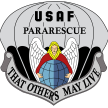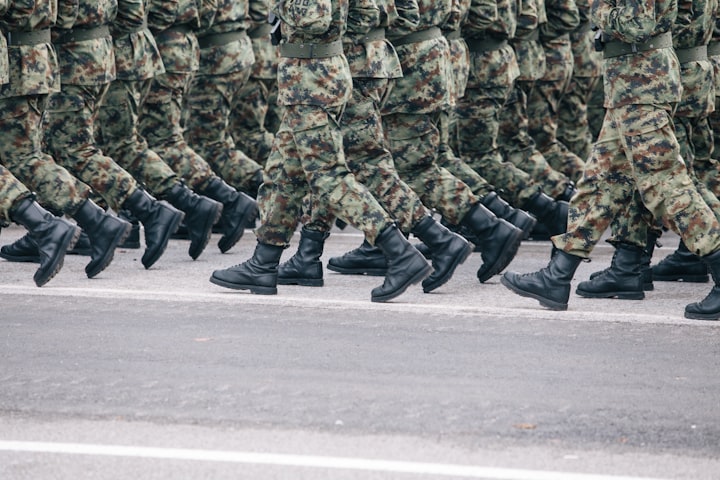That Others May Live
America's Most Elite Special Forces Unit

"That Others May Live" that is the motto of the United States Air Force Pararescue Team. These guys are bad MFs who won't stop until the mission is done and lives have been saved. They are without a doubt the most elite Special Forces Unit in the Nation and perhaps the world.
First look at their training. It starts at BMT for the Air Force. A basic training that familiarizes them with the basics of USAF protocol and operation. Then the real work begins. Eight weeks of PT that prep candidates for A and S (assessment and selection) Training. its constant workouts, running, swimming and running some more. Next is A and S. This is a four week course in which one must prove they don't, can't, and won't quit to becoming a PJ. This is the second hardest part of Pararescue Training. Here is where most people quit; in the past for some classes, everyone has quit. This is true metal testing and only the strongest in mind and body will make it. Then comes Special Warfare diving school. The primary focus of Air Force Combat Diver Course is to develop Pararescuemen into competent, capable, and safe combat divers/swimmers. This course provides diver training through classroom instruction, extensive physical training, surface and sub-surface water confidence pool exercises, pool familiarization dives, day/night tactical open water surface/sub-surface infiltration swims, open/closed circuit diving procedures, and underwater search and recovery procedures. Then Egress training, a one day class that teaches you how to escape in the water. Followed by SERE training, three weeks and it teaches Survival Evade Resist and Escape techniques. Then army Airborne School followed by free jump training. That is a combined eight weeks that really brings the PJ's into their own. Next is Paramedic training, this course teaches how to manage trauma patients prior to evacuation and provide emergency medical treatment. Phase I is four weeks of emergency medical technician basic (EMT-B) training. Phase II lasts 20 weeks and provides instruction in minor field surgery, pharmacology, combat trauma management, advanced airway management and military evacuation procedures. The airmen are then sent to Tucson, Arizona for hands-on medical training. Trainees work alongside paramedics with the Tucson Fire Department, as well as local hospitals. Graduates of the course are awarded National Registry of Emergency Medical Technicians-Paramedic (NREMT-P) certification. This is 22 weeks long. Finally, the Air Force Pararescue Recovery Specialist Course. This qualifies an airmen as a Pararescue Recovery Specialists for assignment to any Pararescue unit worldwide. Training includes field medical care and tactics, mountaineering, combat tactics, advanced parachuting, and helicopter insertion/extraction qualifications. At the completion of this course each graduate is awarded the maroon beret.
All of that is a combined two an a half years of pure training to earn the title of PJ. Then they do combat training and small unit tactics to be able to deploy with other Special Operations teams worldwide.
"When an injured Airman needs saving from a hostile or otherwise unreachable area, it’s our duty to bring them home. As members of Air Force Special Ops, Pararescue (PJ) specialists rescue and medically treat downed military personnel all over the world. These highly trained experts take part in every aspect of the mission and are skilled parachutists, scuba divers and rock climbers, and they are even arctic-trained in order to access any environment to save a life when they’re called to do so" (USAF website).
And before anyone says, "What about SEALs or Delta Force?" Seals have roughly 5,000 active duty, Delta with about 2,000. PJ's have never had more than 500 active duty. They can't bring in enough guys through the program because it's really hard. It's dubbed Superman school for a reason.
Trust me on one thing, these guys are the ones you want coming to save your tail. They don't quit, they don't know how, and they refuse to learn. To them you are what matters, not them being tired, or hurt. No, bringing you back to safety is the most important thing.
About the Creator
Dominic Berning
Im a history buff who loves sports and technology! If you want me to write you a story go ahead and tell me!






Comments
There are no comments for this story
Be the first to respond and start the conversation.